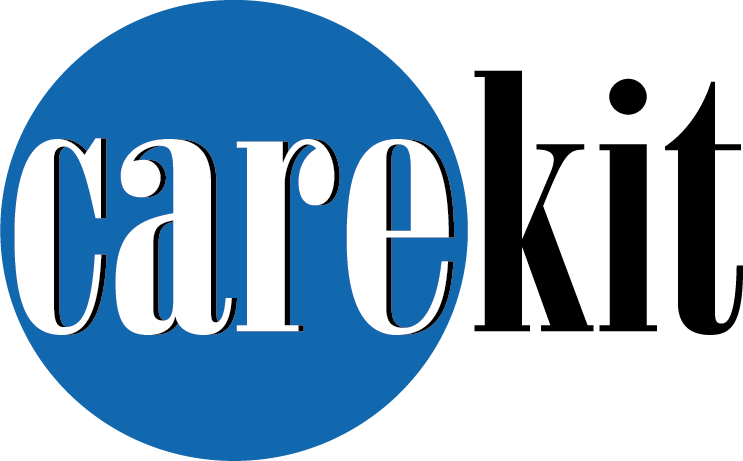|
Post Ortho and Abdominal Surgery |
2200% |
Increase in patients able to manage post-surgical care without help *Hospital Peer Review Journal, September 2000 |
600-bed hospital, inner city Chicago, IL |
|
Control group = 68 |
4% |
reported being able to manage without repeat instructions or further help |
|
Care Kit group = 86 |
92% |
reported being able to manage without repeat instructions or further help |
|
Control Group data was collected Q2, 1999. Care Kit Group data was collected Q3, 1999 Selection criteria: patients discharged to home. Data collected from telephone surveys and mail-in paper surveys. |
|
HIGHLIGHTS: The hospital selected for study the two post-discharge self care procedures that they considered to be the simplest for a lay person to carry out: dry dressing change and wet dressing change, to eliminate any distortion in the outcomes due to complexity of other self care procedures such as drain evacuation, appliance changes or catheter flushing. The Control Group received instructions approved by the Rush-Presbyterian-St.Luke’s Patient Education Committee. They also received supplies gathered, as usual, at the time of discharge. Given this preparation, 96% of patients were unable to carry out the simplest self care procedure, changing a dressing, without calling back for repeat instructions or asking for further help. The AMA calculates that 33% of a population such as Rush’s would be functionally illiterate in health care. That means that 63% of Rush’s population is literate in health care, but still cannot follow the hospital’s instructions for changing a dressing. The Care Kit group received prepackaged supplies and ethnographically-rewritten instructions. Only 4% were unable to manage. Ninety-two percent were able to carry out their self care independently. By merely looking at the two types of handouts, an observer cannot perceive a difference sufficient to account for the staggering difference in the outcomes. Ethnography and learner-centered principles must be specifically pointed out and explained to be appreciated, similar to sticking a label on a computer, “Intel inside.” The study was entirely designed and conducted by hospital personnel exclusively and published in Hospital Peer Review Journal, September 2000. |
